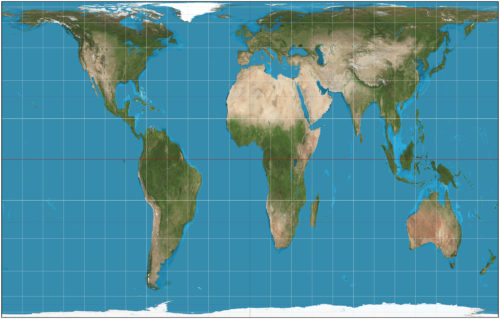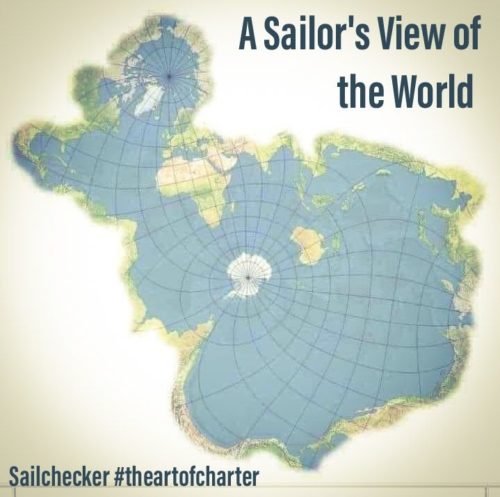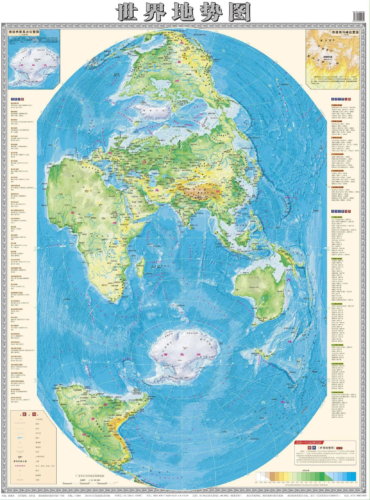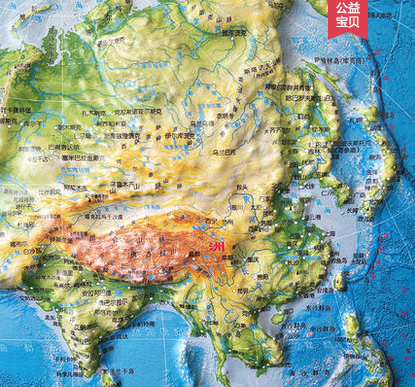I’ve written about Thanksgiving history here many times (2005, 2006, 2008, 2010) and this year it feels like time to write again.
It is clear that the holiday was created by President Lincoln after Civil War to bring the pro-slavery rebels back to the table with their American neighbors and family.
Don’t know if I can do the topic any more justice, however, than a 2019 New Yorker article citing historians. So here is the TL;DR
Fretting over late-nineteenth- and early-twentieth-century immigration, American mythmakers discovered that the Pilgrims, and New England as a whole, were perfectly cast as national founders: white, Protestant, democratic, and blessed with an American character centered on family, work, individualism, freedom, and faith.
The new story aligned neatly with the defeat of American Indian resistance in the West and the rising tide of celebratory regret that the anthropologist Renato Rosaldo [B.A. Harvard College, 1963; Ph.D., Harvard University, 1971] once called “imperialist nostalgia.” Glorifying the endurance of white Pilgrim founders diverted attention from the brutality of Jim Crow and racial violence, and downplayed the foundational role of African slavery. The fable also allowed its audience to avert its eyes from the marginalization of Asian and Latinx labor populations, the racialization of Southern European and Eastern European immigrants, and the rise of eugenics. At Thanksgiving, white New England cheerfully shoved the problematic South and West off to the side, and claimed America for itself.
Shocking reversal. Lincoln brought the pro-slavery forces back to the table and they pivoted on his gesture to a false cover-story while still enacting divisive racial violence.
Just days before this article appeared, professor of history David Silverman also gave an hour-long lecture called “This Land Is Their Land” to the Massachusetts Historical Society, which highlights how the myth of Thanksgiving was formulated in the 1840s as a white supremacist narrative:
I’m going to provide you with everything you need to ruin your family’s holiday. […] War is the most basic feature of the Wampanoag-English relationship that the Thanksgiving myth studiously ignores. […] English promises of mercy [turned into] terms harsher than colonial officials had pledged… surrendering natives learned too late that colonial authorities would not spare any Indians… Massachusetts, Plymouth, and Rhode Island held public executions through the summer of 1676, including 50 hangings on Boston Common alone. There is no memorial to this event by the way. I think there should be. The English even exacted retribution on the dead. […] From the late 1600s through the mid 1800s white merchant creditors, courts and government appointed guardians colluded to force the Wampanoags and their children into indentured servitude to white farmers, householders and whaling markets with the terms often lasting for decades. Such court ordered servitude — one historian favored the term “judicial enslavement” — made it nearly impossible for the Wampanoags to sustain their normal social patterns, including the process of raising children. […] Throughout the colonial era, Thanksgiving had no association whatsoever with pilgrims and Indians. None. The link between the holiday and the history appears to date to 1841. […] The pilgrim saga took hold because it had use in the nation’s culture wars… IT WAS NO COINCIDENCE THAT THE PILGRIMS EMERGED AS NATIONAL FOUNDERS AMID POPULAR ANXIETY THAT THE UNITED STATES WAS BEING OVERRUN BY CATHOLIC AND THEN JEWISH AND ORTHODOX CHRISTIAN IMMIGRANTS. SUPPOSEDLY UNAPPRECIATIVE OF THE COUNTRY DEMOCRATIC PROTESTANT ORIGINS AND VALUES. ADDITIONALLY, TREATING THE PILGRIMS AS THE EPITOME OF COLONIAL AMERICA SERVED TO MINIMIZE THE COUNTRY’S RECORD OF RACIAL OPPRESSION PAST AND PRESENT. BETTER TO HIGHLIGHT THE PILGRIMS RELIGIOUS AND DEMOCRATIC PRINCIPLES INSTEAD OF THE INDIAN WARS AND SLAVERY MORE TYPICAL OF COLONIES. INCLUDING THE NEW ENGLAND COLONIES. THROUGH SUCH MEANS, NORTH EASTERNERS COULD REDEFINE THE SO-CALLED BLACK AND INDIAN PROBLEMS AS SOUTHERN AND WESTERN EXCEPTIONS TO AN OTHERWISE INSPIRING NATIONAL HERITAGE. SO THEY SANITIZE THE HISTORY OF NEW ENGLAND AND THEN MAKE NEW ENGLAND THE MODEL FOR THE REST OF THE UNITED STATES.






